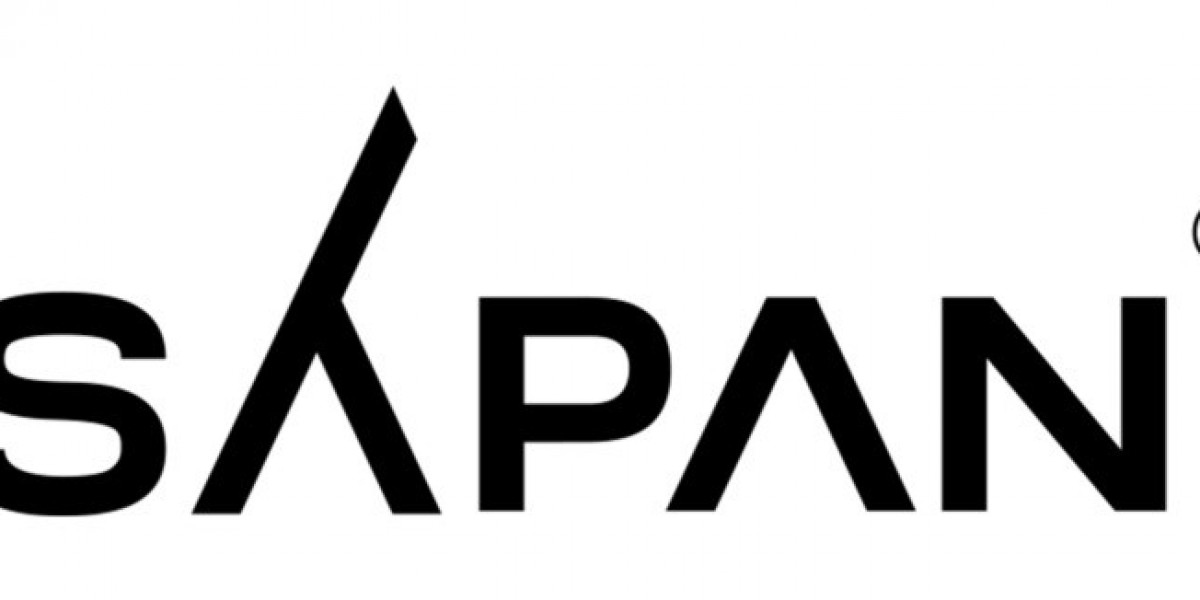Introduction
Tile adhesive cement is an essential material in the construction and renovation industry. Whether you're a professional contractor or a DIY enthusiast, understanding the nuances of tile adhesive cement can make a significant difference in the quality and durability of your tile installations. This guide aims to provide a comprehensive overview of tile adhesive cement, its benefits, applications, and tips for selecting the best product for your needs.
What is Tile Adhesive Cement?
Tile adhesive cement, also known as tile glue or tile mortar, is a specialized bonding material used to attach tiles to various substrates. It is designed to provide a strong, durable, and flexible bond that can withstand environmental changes, heavy foot traffic, and moisture. Tile adhesive cement comes in different formulations, each suited for specific types of tiles and applications.
Types of Tile Adhesive Cement
There are several types of tile adhesive cement, each with unique properties:
Cement-Based Adhesive: This type is the most common and is suitable for most types of tiles, including ceramic, porcelain, and natural stone. It is available in both powder and pre-mixed forms.
Epoxy-Based Adhesive: Known for its superior bonding strength and resistance to chemicals and moisture, epoxy-based adhesive is ideal for areas exposed to heavy use and harsh conditions, such as commercial kitchens and industrial spaces.
Ready-Mixed Adhesive: Convenient and easy to use, ready-mixed adhesive is perfect for small DIY projects and quick fixes. However, it may not be as strong as cement or epoxy-based adhesives for heavy-duty applications.
Benefits of Using Tile Adhesive Cement
Tile adhesive cement offers several advantages over traditional methods like using sand and cement:
Enhanced Bonding Strength: Provides a stronger and more flexible bond, reducing the risk of tile cracking or dislodging.
Moisture Resistance: Helps prevent water penetration, which is crucial for wet areas like bathrooms and kitchens.
Ease of Use: Simplifies the installation process with pre-mixed options and easy application techniques.
Versatility: Suitable for various substrates, including concrete, wood, and existing tiles.
Applications of Tile Adhesive Cement
Tile adhesive cement is used in a wide range of applications, including:
Flooring: Ideal for installing floor tiles in residential and commercial spaces.
Walls: Perfect for wall tiles in bathrooms, kitchens, and exterior cladding.
Wet Areas: Essential for areas exposed to water, such as showers, swimming pools, and saunas.
Outdoor Spaces: Suitable for outdoor tiling projects like patios, terraces, and walkways.
How to Choose the Right Tile Adhesive Cement
Selecting the appropriate tile adhesive cement for your project involves considering several factors:
Tile Type: Different adhesives are formulated for specific tile materials. Ensure you choose an adhesive compatible with your tile type.
Substrate: Consider the surface you'll be tiling on. Some adhesives are better suited for porous substrates, while others work best on non-porous surfaces.
Environmental Conditions: Take into account the exposure to moisture, temperature fluctuations, and chemical exposure. Epoxy-based adhesives are ideal for harsh conditions.
Application Method: Determine whether you need a quick-setting adhesive for fast-track projects or a standard-setting adhesive for more flexibility during installation.
Installation Tips for Using Tile Adhesive Cement
Achieving a professional-quality tile installation requires careful preparation and attention to detail. Here are some tips to help you get the best results:
Surface Preparation: Ensure the substrate is clean, dry, and free of dust, grease, and loose particles. Any imperfections should be repaired before applying the adhesive.
Mixing: If using a powder adhesive, mix it according to the manufacturer's instructions to achieve the right consistency. Avoid adding too much water, as this can weaken the bond.
Application: Use a notched trowel to spread the adhesive evenly on the substrate. Press the tiles firmly into place, ensuring full contact with the adhesive.
Grouting: Allow the adhesive to cure for the recommended time before applying grout. Use a suitable grout to fill the joints and seal the tiles.
Maintaining Your Tile Installation
Proper maintenance can extend the lifespan of your tile installation and keep it looking pristine. Here are some tips for maintaining your tiles:
Regular Cleaning: Clean the tiles regularly with a mild detergent and water. Avoid using harsh chemicals that can damage the adhesive.
Inspect for Damage: Periodically check for any signs of tile movement, cracks, or loose tiles. Address any issues promptly to prevent further damage.
Sealants: Apply a sealant to grout lines to protect against stains and moisture penetration.
Conclusion
Tile adhesive cement is a crucial component in achieving durable and aesthetically pleasing tile installations. By understanding the different types of adhesives, their applications, and proper installation techniques, you can ensure a successful tiling project. Whether you're working on a small DIY project or a large commercial installation, choosing the right tile adhesive cement and following best practices will result in a beautiful, long-lasting finish.
For more information on tile adhesive cement and to explore a range of high-quality products, visit Magnus Ventures.








